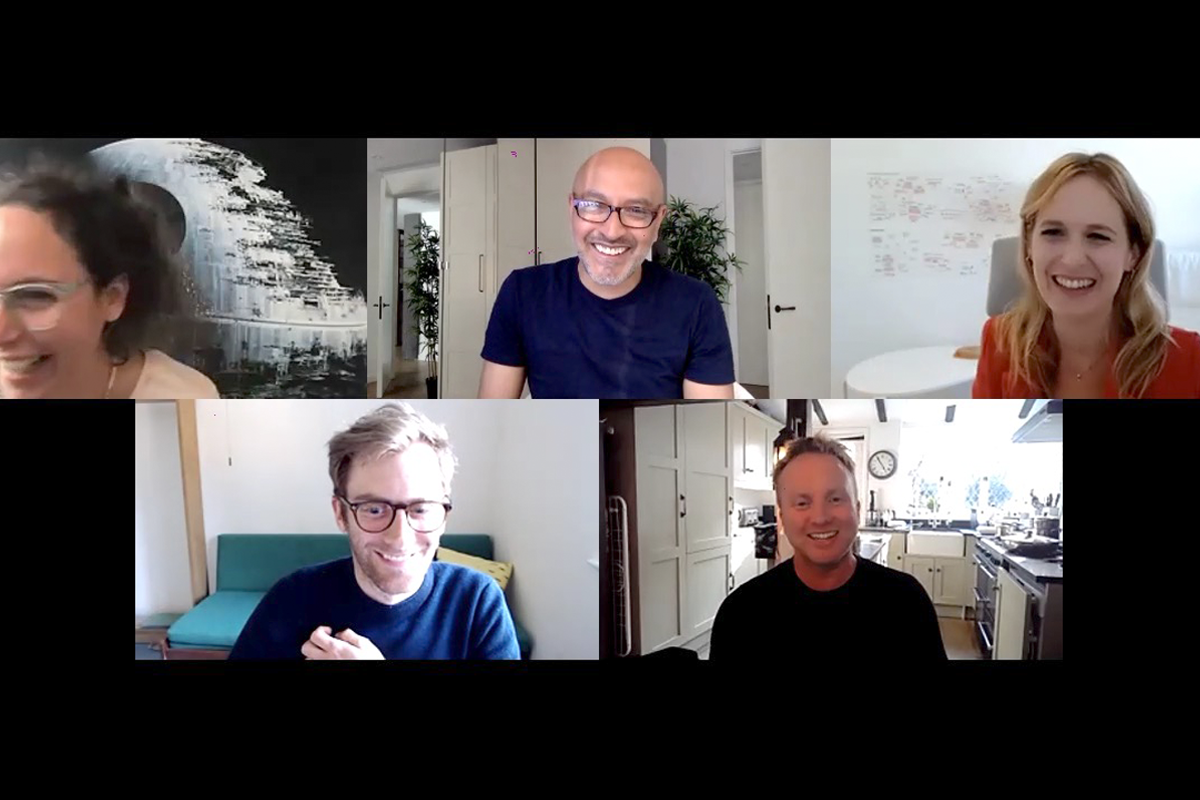
A CMS – a content management system – does exactly what it says on the tin, right? It’s a system for managing content. But when it comes to streaming services, and looking at how content interfaces with both their back and front-ends, what is the scope of an OTT CMS? Does it manage, for example, the process by which video files are ingested and transcoded? What about then adding images and other metadata to those titles, does a CMS handle that? Does it deal with workflow, with conditional access, with scheduling, recommendations and, ultimately, the delivery of content to the viewer’s screen?
These are the some of the questions I posed to our panel at this week’s OTT Question Time (Thursday 2 September, 4pm UK). Together with Richard Amos, Chief Product Officer at Ostmodern, Bleuenn Le Goffic, VP Strategy & Business Development at Accedo, Stefanie Schuster, Chief Commercial Officer at Axinom, and Dan Finch, co-founder and Chief Commercial Officer at Simplestream, we also explored:
- The historical vs. current approaches to managing OTT content
- The differences between CMSs, MAMs (Media Asset Management Systems) and DAMs (Digital Asset Management Systems)
- The other parts of the tech stack that CMSs work with
- The pros and cons of off-the-shelf (including customisation) vs. DIY
- And the cost models for buying a CMS (licenses, SaaS etc.)
**
ABOUT KAUSER KANJI
Kauser Kanji has been working in online video for 19 years, formerly at Virgin Media, ITN and NBC Universal, and founded VOD Professional in 2011. He has since completed major OTT projects for, amongst others, A+E Networks, the BBC, BBC Studios, Channel 4, DR (Denmark), Liberty Global, Netflix, Sony Pictures, the Swiss Broadcasting Corporation and UKTV. He now writes industry analyses, hosts an online debate show, OTT Question Time, as well as its in-person sister event, OTT Question Time Live.

